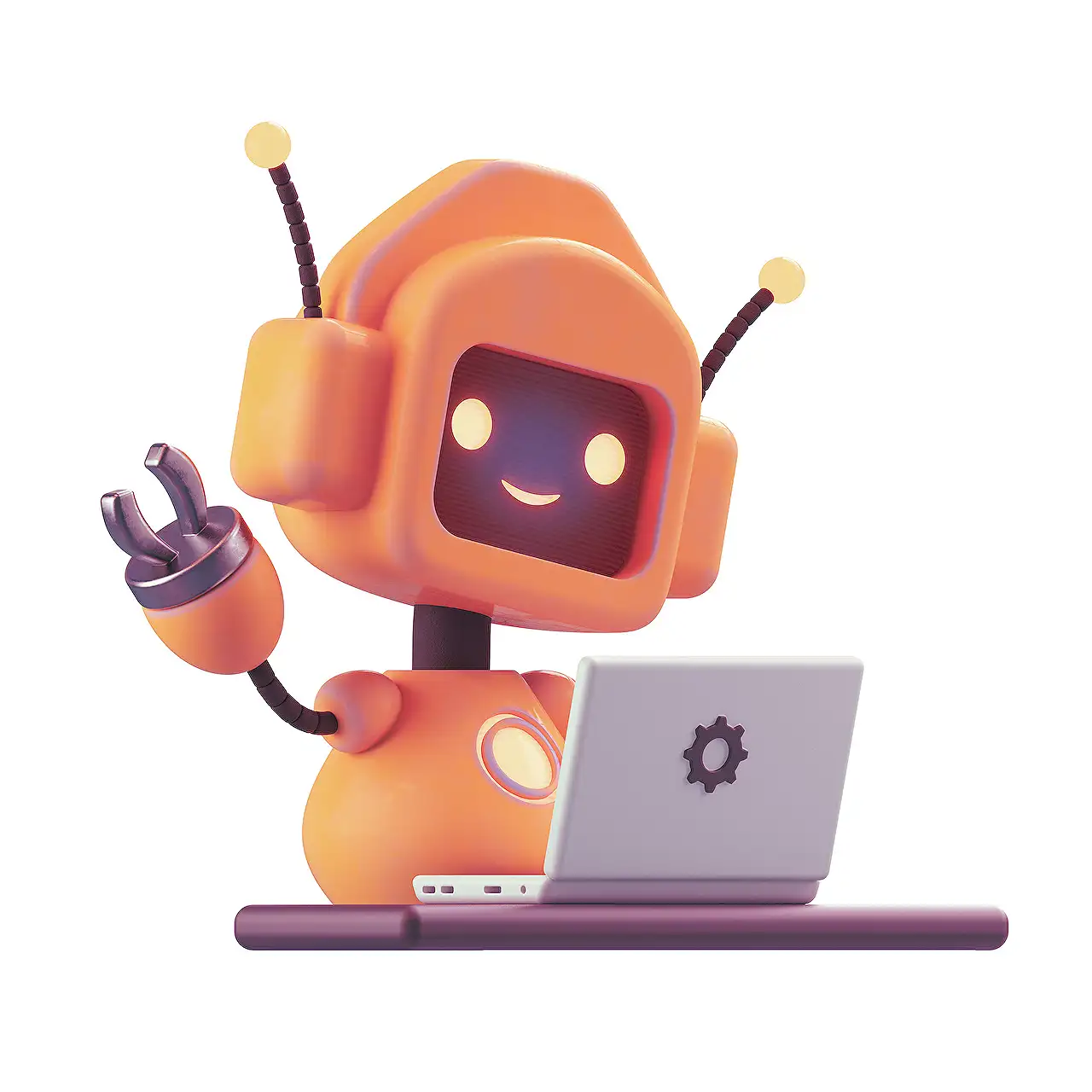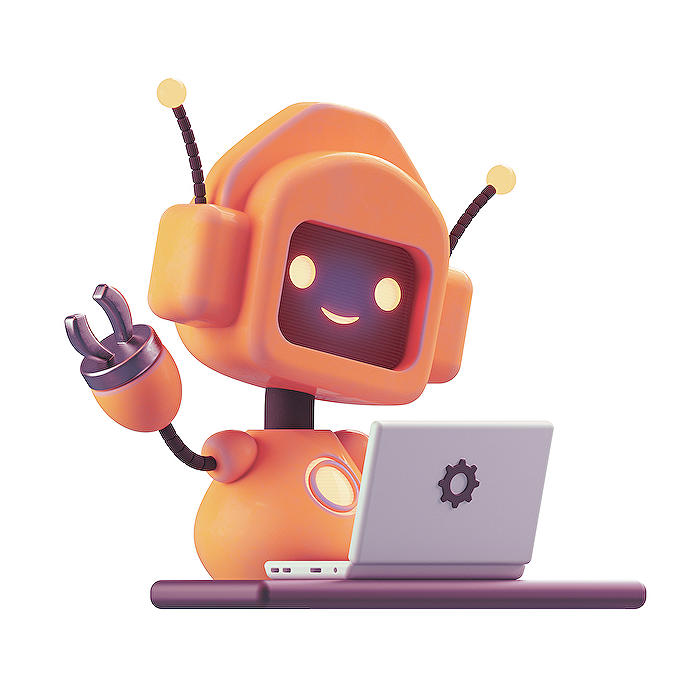- All of Microsoft

Build Bots Using Azure Language Understanding - Preview
Integrate Azures cognitive language understanding model with Power Virtual Agents bot for enhanced conversational applications.
A Brief Overview of Azure Cognitive Language Understanding Blog Post
In a recent blog post, Henry Jammes discussed the integration of Azure cognitive language understanding (preview) with Power Virtual Agents bot.
A key highlight was the Conversational Language Understanding (CLU) feature in Azure Cognitive Service for Language. This cloud-based service applies advanced algorithms to build a natural language understanding component for end-user applications. An interesting point is that the Azure Language Studio provides NLP features for conversational text analysis.
A crucial update is how bot developers can access existing CLU model intents and entities directly within Power Virtual Agents. From here, they can pair CLU intents to trigger bot dialogs in a similar way to native Power Virtual Agents’ utterance triggers.
Entities imported from a CLU model will appear on the Power Virtual Agents Entities page and can be used alongside prebuilt entities. Bot creators are offered the flexibility to add new question nodes in a topic, selecting available entities and intents from the CLU model. The blog also mentioned CLU entities binding to equivalent Power Virtual Agents objects.
For older bots looking to utilize CLU integration, bot owners need to map the CLU model to Power Virtual Agents. Following this, they can alter the bot’s trigger phrases to bind each topic to a corresponding CLU intent. Jammes added how bot owners can also manually manage the interaction between the CLU model and Power Virtual Agents.
Requisites - A well-trained CLU model with intents for each of PVA's system topics - Activated model deployment (key and prediction URL included) - CLU project name and deployment name - Power Virtual Agents account - Existing Power Virtual Agents bot
The blog post further discussed integrating CLU models with Power Virtual Agents projects. The writer mentioned connectors that allow Azure Cognitive Service to connect with Power Virtual Agents, offering users a range of prebuilt actions and triggers for their application development.
Power Platform connectors allow Microsoft services to communicate with the CLU API. However, note that Power Virtual Agents doesn't validate connector types. Connections in Power Virtual Agents are environment specific for stored authentication credentials.
CLU integration also supports certain external recognizers. For triggering topics, systems use the 'OnRecognize' trigger. Other supported triggers are 'LanguageUnderstandingReason.TriggerTopic', 'LanguageUnderstandingReason.AnswerQuestion', and 'LanguageUnderstandingReason.AnswerQuestionWithInterruptions'.
External intents can utilize the System.Recognizer.IntentOptions system variable in the following scenarios: - Reuse TopicId for the external intent id - Reuse TriggerId for the external intent id - Create a new property IntentId for the external intent id
The blog post wrapped up with a discussion on entity component types. Among other things, it mentioned how information from NLU utterances can be extracted using various methods. This can be learned through context, mixed and matched from a list, or detected by a prebuilt recognized entity. Note that Power Virtual Agents’ prebuilt entities can be used with CLU entities.
Other bot-building features that CLU integration supports include System topics, Entities and slot filling, CLU best practices, Topic flow interruptions, and Power Fx expressions. For more information on AI and Machine Learning explore this link.
Broader Implications of Azure Cognitive Language Understanding
In the wider context of artificial intelligence, Azure's cognitive language understanding brings much promise to the field of linguistics. By enabling deep understanding of human language, this feature can lead to significant improvements in conversational applications, setting a new benchmark for intelligent interaction. Moreover, it adds versatility to bot development, providing bot creators with numerous integrations and functions to optimize their bot performance. Coupled with other prebuilt entities from Power Virtual Agents, it significantly enhances the robustness of the bots. These gradual innovations in AI technology are pivotal to advancing the digital landscape and fostering human-machine interaction.
Read the full article Create bots with Azure cognitive language understanding (preview)

Learn about Create bots with Azure cognitive language understanding (preview)
The Azure Cognitive Language Understanding (CLU) can be integrated with a Power Virtual Agents bot. CLU belongs to the Azure Cognitive Service, a cloud-based service for language understanding with the help of AI and machine learning. This capability allows developers to incorporate a natural language understanding component into end-to-end applications.
Creating a bot with this feature allows access to existing CLU model intents and entities directly within Power Virtual Agents. It's possible to map CLU intents to trigger bot dialogs just like native Power Virtual Agents utterance triggers. Entities imported from a CLU model can be used along with prebuilt Power Virtual Agents entities.
Manual management of the relationship between the CLU model and Power Virtual Agents is possible. Moreover, remapping the CLU model to Power Virtual Agents allows for the utilization of CLU integration in existing bots. Bots can be efficiently updated through this process.
To achieve CLU integration, some prerequisites need to be met:
- A fully trained CLU model
- Enabled deployment of the model
- CLU project name and deployment name
- Power Virtual Agents account
- Existing Power Virtual Agents bot
In Power Virtual Agents, an important concept is that of 'connectors'. They act as a bridge between Azure Cognitive Service and Power Virtual Agents, providing a way to apply a set of prebuilt actions and triggers to build apps and workflows. Power Platform connectors allow the CLU API to communicate with Microsoft services.
Power Virtual Agents connections are specific to the environment. When importing a bot, setting up a connection for it is necessary. 'Connection reference' assists in achieving this $mdash; referring to a specific connection for a connector.
External recognizers and intents have specific support, functioning under different scenarios. They utilise system variables for triggering the recognizer. CLU entities are able to extract relevant information from natural language understanding utterances — these entities can be learned through context or detected by a prebuilt recognized entity.
It's possible to integrate 'System topics' — topics in Power Virtual Agents, 'Entities and slot filling' — creating and using entities in Power Virtual Agents, and 'Power Fx expressions' — creating expressions using Power Fx, as some of the bot-building features with CLU integration.
More links on about Create bots with Azure cognitive language understanding (preview)
- Conversational language understanding integration overview
- Sep 26, 2023 — Create bots that use Azure conversational language understanding in Power Virtual Agents.
- Get started with conversational language understanding ...
- Sep 26, 2023 — Create bots that use Azure conversational language understanding in Power Virtual Agents.
- Conversational Language Understanding
- Build applications with conversational language understanding, a AI Language feature that understands natural language to interpret user goals and extracts ...
Keywords
Azure cognitive bots, bot creation, preview bots, Azure language understanding, cognitive language bots, azure bot service, AI bots preview, Cognitive services bots, Language understanding bots, Azure AI bot creation.